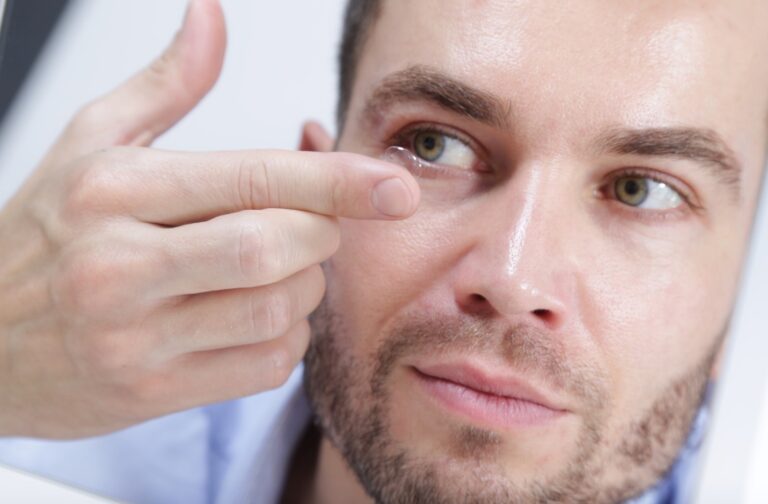Are You at Risk for a Car Accident?

Let’s face it—getting behind the wheel is something most of us do every day without really thinking twice. It’s just a routine part of life. But have you ever asked yourself, “Am I at risk for a car accident?” It’s not a comfortable question, but it’s an important one. The reality is, certain habits, behaviors, and even where you live can increase your Car Accident Risk more than you might think. We’re going to break down the factors that increase your chances of getting into a car crash, how to spot them in your own life, and what you can do to lower those odds. It’s not about scaring you—it’s about helping you stay safer on the road.
What Is Car Accident Risk?
Before we dive deeper, let’s get clear on what car accident risk actually means. Simply put, it’s the likelihood or chance that you could be involved in a motor vehicle crash. This could range from minor fender benders to serious collisions.
While accidents can happen to anyone, there are certain red flags—like speeding, distracted driving, or even the time of day you drive—that can seriously bump up your risk factor.
Top Factors That Increase Your Car Accident Risk
1. Distracted Driving
No surprises here—this one tops the list. Whether it’s texting, adjusting the playlist, eating on the go, or even daydreaming, distracted driving can turn deadly in seconds. Taking your eyes off the road for even two seconds can double your car accident risk.
If you’re the kind of person who checks your phone at red lights or glances at incoming notifications, it’s time to rethink that habit. Silence your phone, or better yet, keep it out of sight altogether while driving.
2. Speeding and Aggressive Driving
Speeding isn’t just about breaking the law. It cuts down your reaction time and increases the impact in case something goes wrong. Tailgating, weaving through traffic, and slamming on brakes are all signs of aggressive driving—and a guaranteed way to raise your car accident risk.
Even if you think you’re a skilled driver, other people on the road might not be as predictable. Going a little slower and keeping a safe distance could save your life.
3. Driving Under the Influence
Alcohol, drugs (including prescription meds), or even being overly tired can impair your ability to drive safely. Reaction times slow down, decision-making gets cloudy, and your coordination suffers. All of this spells one thing: high car accident risk.
The solution? Simple. Don’t drive if you’re not fully alert and capable. Arrange a ride, wait it out, or call someone for help.
4. Young or Inexperienced Drivers
If you’re a new driver or have a teenager in the family, you probably already know this—lack of experience adds risk. Teen drivers are more likely to underestimate dangerous situations or fail to recognize hazards.
If this sounds like you or someone you know, consider defensive driving courses. Experience builds over time, but awareness can start today.
5. Weather Conditions
Rain, fog, ice, and even extreme heat can change driving conditions in an instant. Wet roads lead to hydroplaning. Fog reduces visibility. Snow and ice? Forget about traction.
Unfortunately, many drivers don’t adjust their speed or driving habits when the weather changes. If you’re someone who sticks to the same driving style regardless of road conditions, your car accident risk is definitely higher.
6. Time of Day
Driving at night, during rush hour, or in the early morning hours can be riskier than you think. Reduced visibility, fatigue, and increased traffic volume are major culprits.
If you have flexibility, try to plan your driving for off-peak hours. And always make sure you’re alert, especially when driving in low-light conditions.
Lifestyle Choices That Could Be Putting You at Risk
It’s not just how you drive—it’s how you live.
- Lack of sleep can make you just as dangerous on the road as someone under the influence.
- Skipping vehicle maintenance—like ignoring tire wear, brake issues, or faulty lights—can turn your car into a hazard.
- Multitasking on the road, like putting on makeup or eating breakfast in traffic, only boosts your chances of a mishap.
Sometimes, we don’t even realize how our everyday habits contribute to our car accident risk. Taking a moment to evaluate your routine could lead to some life-saving changes.
Ways to Lower Your Car Accident Risk
The good news? You’re not powerless here. Here are some simple, realistic steps you can take today:
- Stay focused. Keep your eyes on the road and your hands on the wheel.
- Obey speed limits. Seriously, it’s not just about avoiding tickets.
- Avoid driving when you’re tired or upset. Emotions and exhaustion impair judgment.
- Keep your car in good shape. Regular maintenance matters.
- Use turn signals and mirrors. Communication and awareness go a long way.
- Take breaks on long trips. Fatigue sneaks up on you.
These might sound like basic tips, but they can drastically reduce your car accident risk if followed consistently.
Real Talk: Are You Actually At Risk?
Now that you’ve read this far, it’s time to ask the tough question: are any of these red flags present in your life?
Do you speed when you’re running late? Check texts at stop signs? Drive when you’re dead tired from work? If so, don’t beat yourself up—but do take action.
Awareness is the first step. You don’t have to be a perfect driver—you just have to be a conscious one.
FAQs About Car Accident Risk
Q1: What age group is most at risk for car accidents?
Young drivers, especially those aged 16–24, tend to have a higher accident rate due to inexperience and risk-taking behavior.
Q2: Does the type of vehicle I drive affect my car accident risk?
Yes, certain vehicles—like sports cars or older models without modern safety features—may increase your risk. Heavier vehicles like SUVs tend to fare better in crashes, but driver behavior is still the biggest factor.
Q3: How can I help my teen reduce their car accident risk?
Consider enrolling them in a defensive driving course, limit nighttime driving, and set rules for distractions like phones and passengers.
Q4: Is it true that most accidents happen close to home?
Yes. In fact, most accidents occur within 25 miles of home. Familiarity often leads to complacency, so always stay alert—even on short drives.
Q5: What’s the #1 cause of car accidents today?
Distracted driving continues to top the list, especially due to mobile phone use.
Conclusion
You don’t have to live in fear of the road, but you do need to respect it. Accidents don’t come with a warning sign. They happen in a blink. But now that you understand what increases your car accident risk, you can take practical steps to protect yourself and those around you. The best drivers aren’t just skilled—they’re aware. So the next time you grab your keys, take a moment. Think about your habits, your focus, and your responsibility. Because the truth is, safety doesn’t start with the car. It starts with you.






